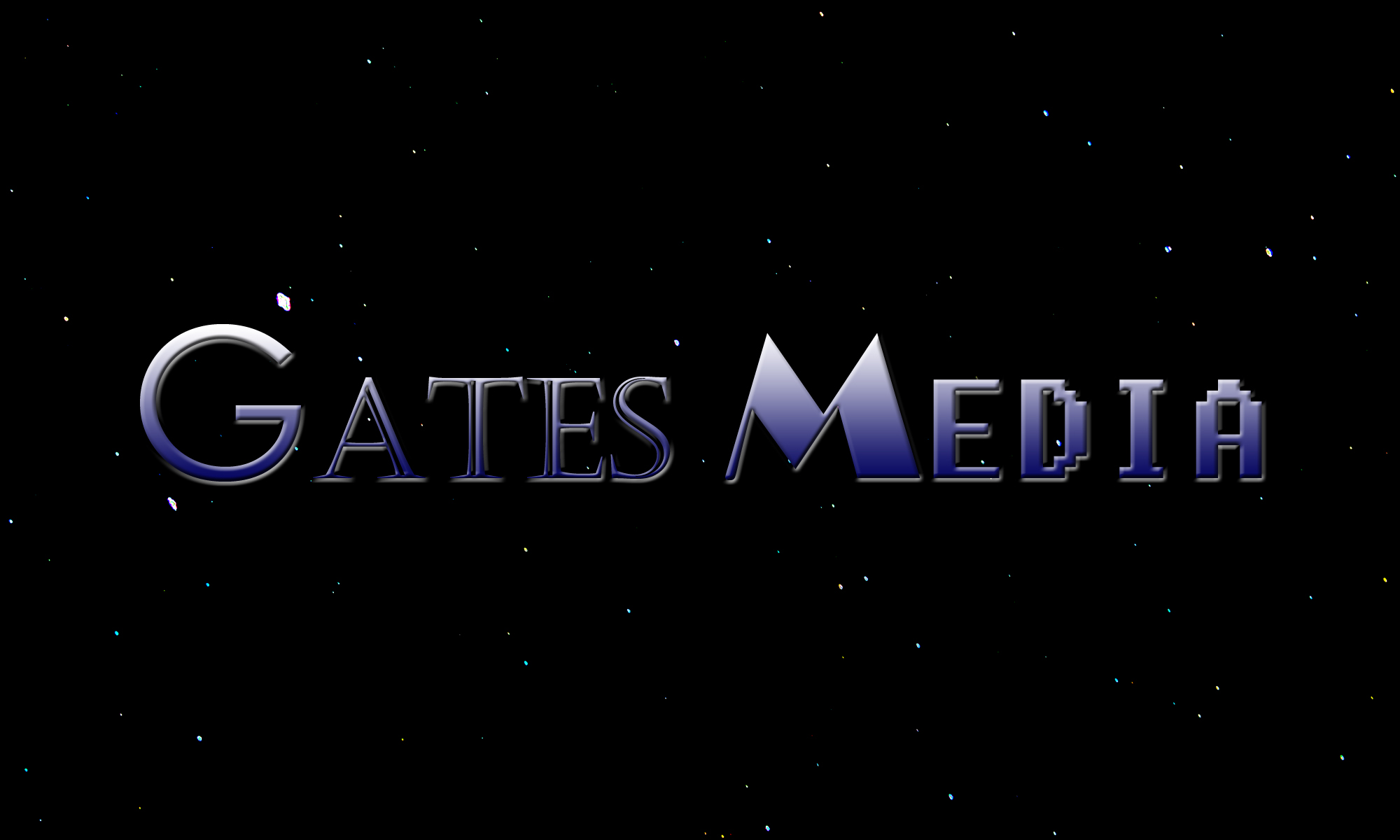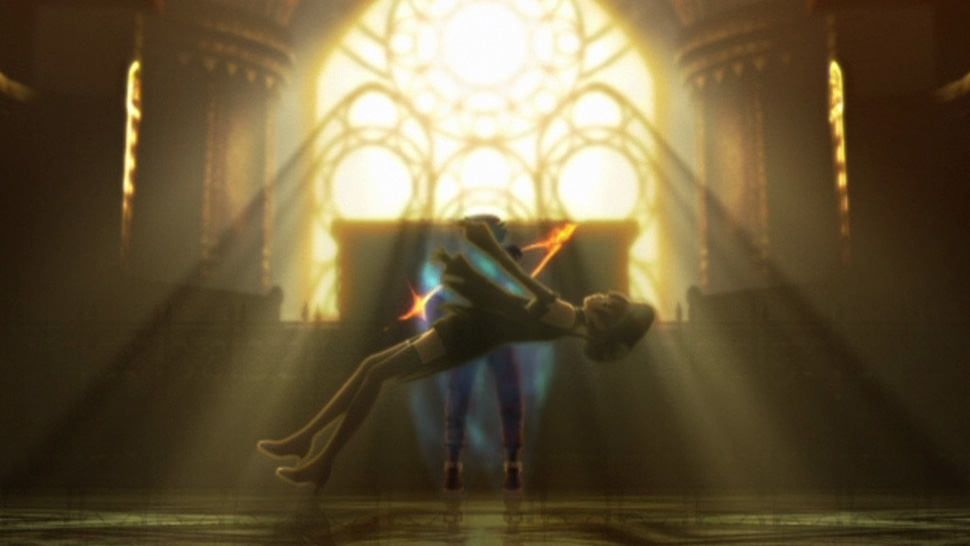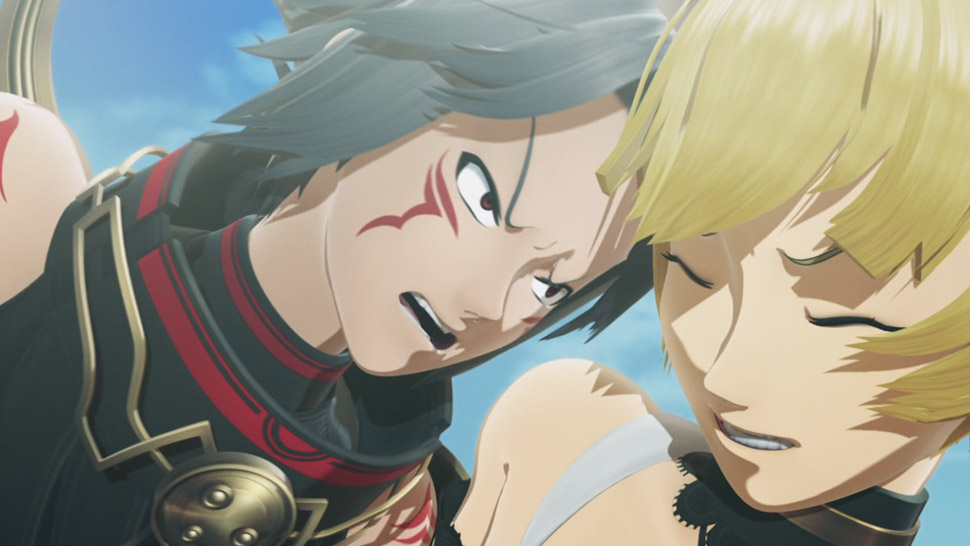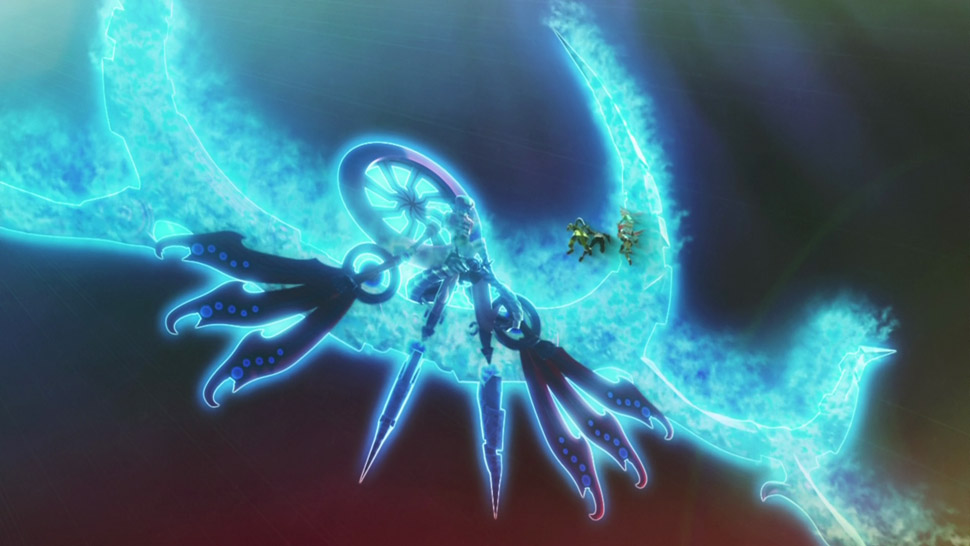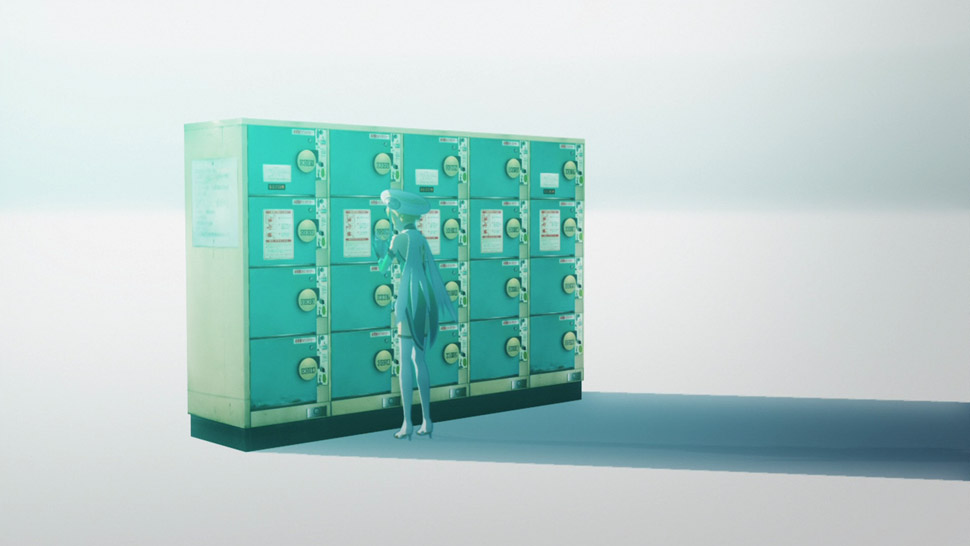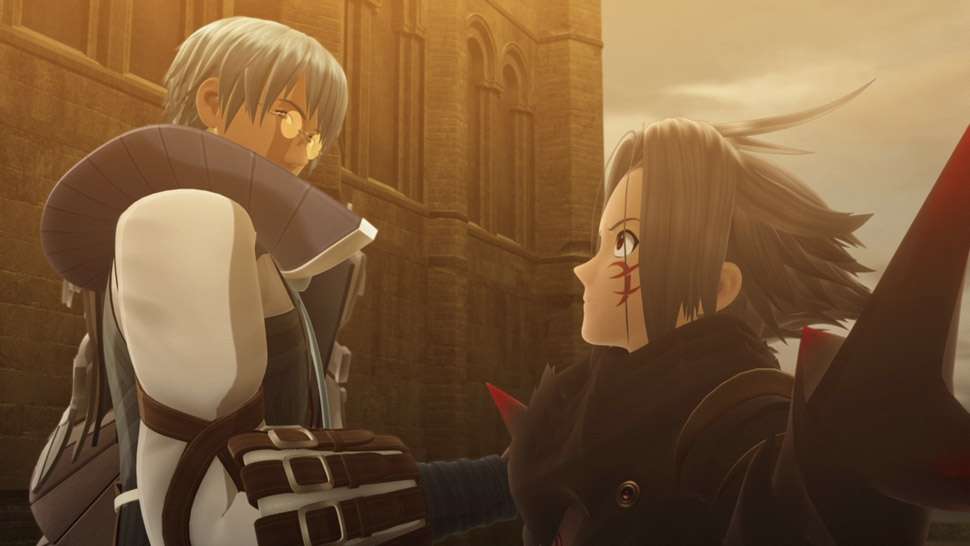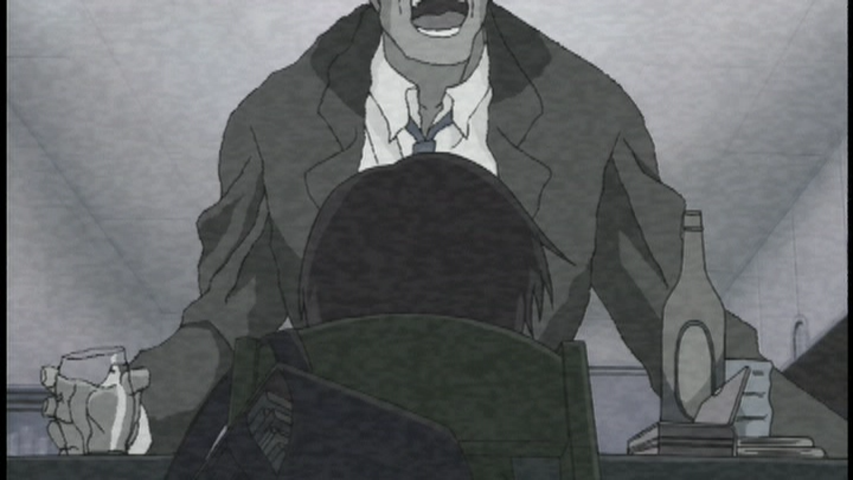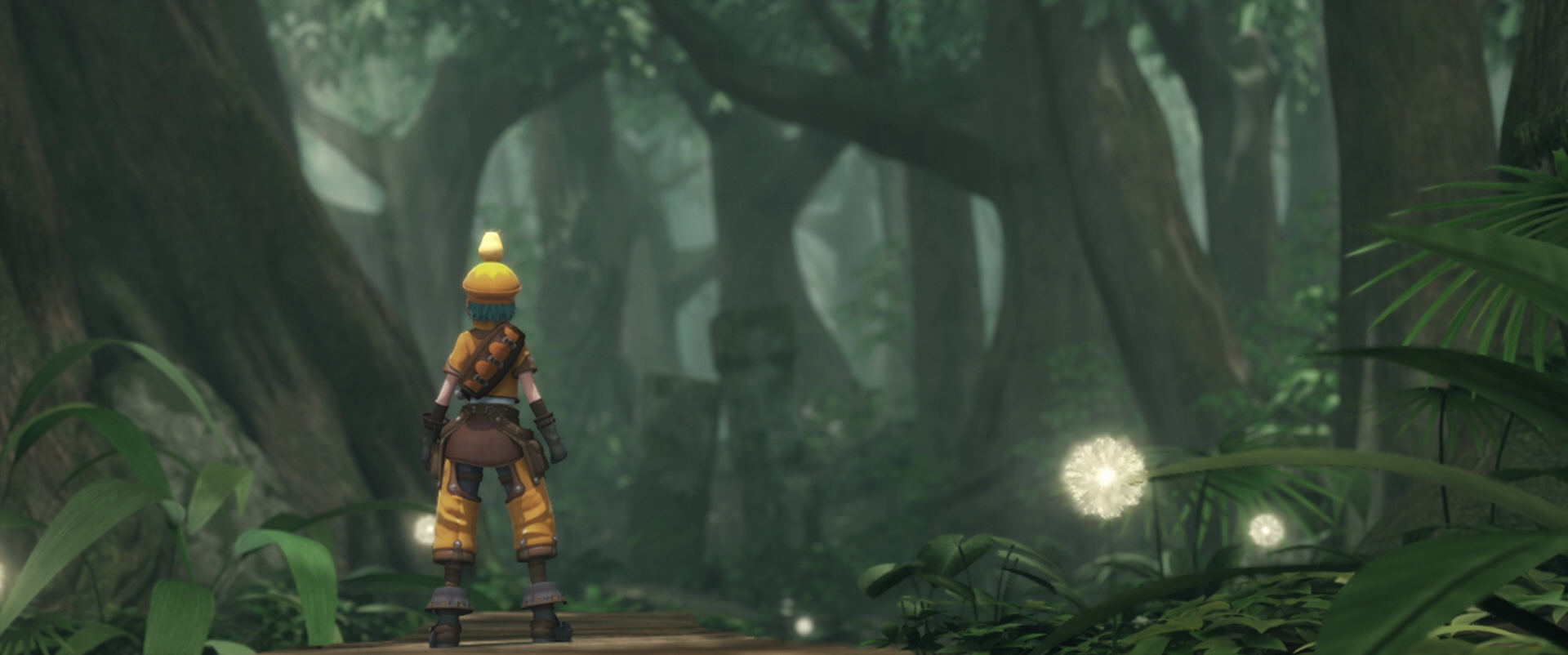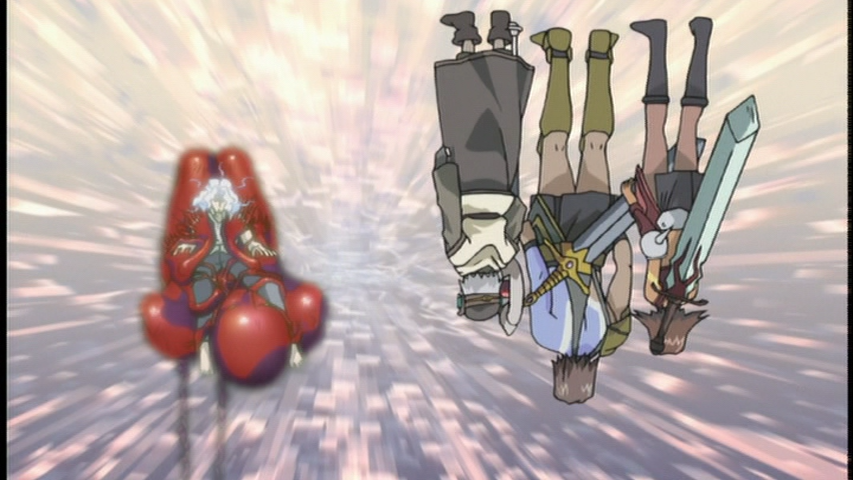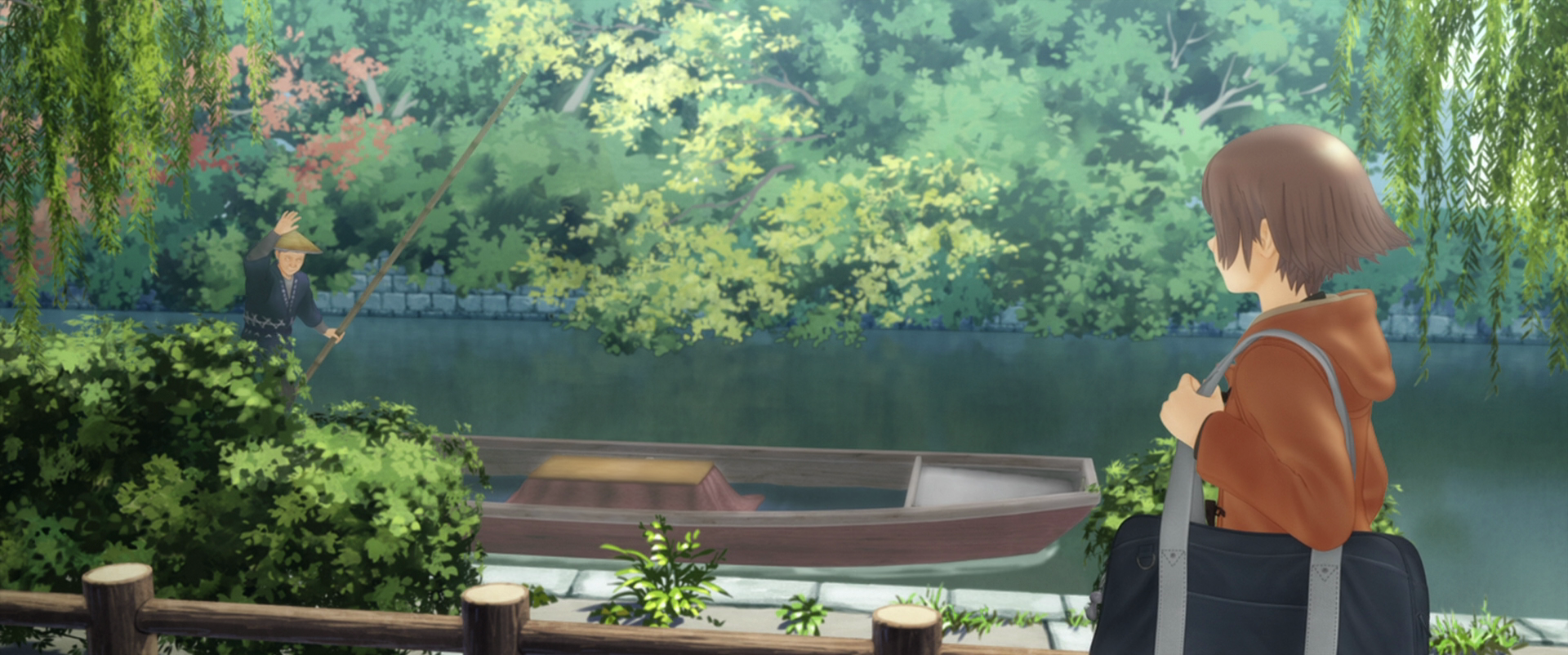Originally published on the Extra Life Community website
Edited by Jack Gardner
As someone who reviews CGI movies in their spare time, I frequently watch movies based on games I’ve never played. .hack//G.U. Trilogy, for example, is an adaptation of the three .hack//G.U. video games for PlayStation 2: Rebirth, Reminisce, and Redemption. Unlike other video game-based movies such as Tekken: Blood Vengeance and Final Fantasy VII: Advent Children, however, I found Trilogy mostly just frustrating and overwhelming to watch. Every few minutes, from the beginning to the very last scene, the film displays emotionally intense events that have little context or explanation and resolves them by introducing more confusing elements. Centering on Haseo, a player of the fictitious MMORPG The World, Trilogy takes place in the same universe as .hack//Sign and .hack//Beyond the World but with a different set of characters. Because it relies on the viewer’s knowledge of the games and previous entries in the franchise, including the direct prequel anime series .hack//Roots, some would say that Trilogy was made for fans and doesn’t need to explain itself. Examining Roots and Let’s Plays of the games, however, only makes the movie more infuriating. The film’s loyalty to the games and disregard for explanation and focus turns the .hack//G.U. story into an irritating series of inciting incidents.
In terms of story structure, an inciting incident establishes the story’s problem. Without this event, the story would never begin. In The Matrix, for example, the inciting incident occurs when Morpheus decides that Thomas Anderson is the One they’ve been looking for. The rest of the movie shows Morpheus’ struggle to convince Thomas, also known as Neo, of this and to reveal his hidden abilities. In mysteries such as Sherlock Holmes, often the discovery of a dead body incites the protagonist to find the killer. The problem created by the inciting incident helps guide the story and motivate the characters.
.hack//G.U. Trilogy tells the story of Haseo, a player of the futuristic MMORPG known as The World. After a mysterious character known as Tri-Edge kills Haseo’s friend Shino in the game, she falls comatose in the real world, and Haseo swears vengeance. During his quest to level up and hunt for Tri-Edge, he attracts the attention of G.U. (which has several meanings). This organization monitors AIDA, a mysterious phenomenon that infects programs and players, causes players to fall comatose in the real world, and wreaks havoc in The World. G.U. believes that Haseo is an Epitaph User, a player with a hidden special ability to fight AIDA. Atoli, a player who uses the same character model as Shino did, also interrupts Haseo’s obsessive quest when she encourages him to stop thinking about the past and to live in the present. At the same time, Ovan, a friend who disappeared shortly before Tri-Edge killed Shino, returns to ensure that Haseo carries out his revenge for Ovan’s own purposes.
Shino’s murder in The World and resulting comatose state in the real world would seem to be the incident that motivates Haseo’s quest to save her and confront their mutual friend Ovan for causing her strange coma. Like the .hack entries that preceded it, however, Trilogy refuses to face this conflict directly, instead cluttering the story with unimportant details and events. While the games and the anime somewhat get away with it, an hour and a half long movie that condenses 60+ hours of gameplay can’t afford to waste time on clutter. The resulting film not only proceeds through seemingly random and dramatic events with no apparent connection to the main conflict at a hectic pace but also accentuates the plot holes, irrelevant details, and weak characters in the games. Atoli, a character introduced to help Haseo overcome his unhealthy obsessions, instead becomes a weak and needy supporting character who derails the film with an elaborate explanation of the cliché backstory she had in the games. The film includes but fails to adequately explain several other elements from the games, including the characters’ special powers and even the locations the action takes place in, which further distracts from the story and adds to its chaotic pace. The movie tops off the confusion by introducing a new character to resolve the story, which avoids explaining the characters who are actually important to the conflict and who the audience already doesn’t understand.
In the games and the movie, Atoli teaches Haseo acceptance and forgiveness, but in the movie particularly, she also confuses his character and distracts from his goals. Six months after Shino’s in-game death, Haseo has driven himself mad with his quest for revenge. To find information on Tri-Edge’s whereabouts, he has resorted to killing anyone who may be associated with Shino’s killer or even player killing. He plays The World only to gain strength and defeat Tri-Edge. He treats everyone else with contempt and disinterest.
Given that Haseo spends most of the movie screaming, laughing manically, shaking, and physically transforming into a monster, a character like Atoli can help the audience relate to him. Unfortunately, Haseo’s friendship with Atoli is forced and unbelievable. As a high school student in the real world, Atoli has been rejected by her peers as a useless annoyance. She escapes to The World to find something better and happens to run into Haseo when he mistakes her for Shino. To prove her usefulness, she resolves to help him for no reason other than he looks sad. Haseo gives her absolutely no encouragement. In the two scenes between Haseo and Atoli in the first half of the movie, Haseo ignores her, blows her off, or shouts at her. Somehow Atoli doesn’t get the hint from this abusive stranger, and other characters even state that they seem to like each other even though little visual evidence supports this claim. Haseo’s attitude changes for no reason in the middle of the movie when, desperate to gain his affection after he yells at her, Atoli disappears to search for Tri-Edge herself. When Haseo finds her, he seems genuinely concerned for her even though he’s still shown no great interest in anyone or anything other than Shino, Ovan, and Tri-Edge until this point.
Atoli further distracts from an important plot point in Haseo’s quest when she hijacks fifteen minutes of screen time to explain her backstory in a ridiculous and disruptive way. For the first half of the movie, Haseo believes he must defeat Tri-Edge in order to save Shino. He actually does defeat Tri-Edge… immediately before The World transforms from an MMORPG into an abstract interactive art piece representing Atoli’s brain. “Wait!” Haseo shouts as Tri-Edge disintegrates. “Tell me how to return Shino to the way she was!” Wordlessly, Tri-Edge explodes into a thousand pieces and disappears. Haseo’s one hope for saving Shino is gone. The battle that he trained for months to win has gained him nothing. Out of clues, he curses… indifferently. Then, he turns to Atoli and continues a sentimental conversation they started before the fight began as if nothing happened. Seconds later, AIDA pops out of a set of nearby lockers and attacks Atoli. This attack sends her consciousness into an abstract representation of her own psychological state, voices of abusive classmates and all. To save her, Haseo must travel into her brain and convince her that he genuinely cares about her. He succeeds as part of a ridiculous, mid-movie, romantic music video… WHAT!? Not only does this sequence fail to convey any useful information, but it really shouldn’t convince anyone that they have a healthy or sensible relationship.
Atoli plays a similar role in the games, but her friendship with Haseo has more time to develop naturally. In the game, Haseo begins as an angry, single-minded, and cold but secretly caring person rather than an insane one. While initially he finds Atoli annoying for what she believes, he tolerates her because of her usefulness as a healing support character. These factors make it easier to believe that Haseo eventually becomes friends with her even though initially she still has no business getting involved with him. Later, Atoli runs off to find Tri-Edge when she discovers that she looks like Shino and accuses Haseo of keeping her around only to look at her. She wants Haseo to see her as Atoli, not Shino, and praise her for helping him. By this point, Haseo considers her a friend, but hasn’t expressed it, and chases her to explain himself. The battle with Tri-Edge still cuts awkwardly into their conversation and ends with equally bizarre indifference from Haseo, but at least he has a reason for being sentimental. While Haseo must still travel into Atoli’s brain in the second game to save her from her somewhat cliché, tragic school girl backstory, the player has more and better reasons to sympathize with her. This event also doesn’t disrupt the flow of the story.
Epitaphs also appear in the movie as overcomplicated clutter. In the games, which told a much grander tale, Epitaphs served as an important part of the combat system. Haseo, Shino, and Ovan, among a select few others, have an emotional connection to an Epitaph in The World. This gives them the ability to summon their Epitaph, a monster-like being that can fight AIDA with an ability known as “data drain.” In the movie, Epitaph Users receive a much simpler explanation: they are the only characters capable of fighting AIDA. Epitaphs and their user’s special abilities receive no explanation.
The film doesn’t appear to need Epitaphs to tell its story, which justifies this simple explanation. It easily avoids using terms such as “data drain” without losing the audience’s ability to believe that Epitaph Users can defeat AIDA. Also, some battles that were originally Epitaph-centric in the games, such as Haseo’s fight with Atoli or his fight with Ovan, feature simpler combat between the characters and achieve the same effect. Finally, Haseo, Atoli, and Ovan all display special abilities that they use to fight AIDA without having to display their Epitaphs.
Despite the abridged explanation, however, Epitaphs and Epitaph Users remain important to the combat and crucial to understanding the movie. Ultimately, they only add to the film’s chaos. While some fight scenes seem to acknowledge that they can’t assume the audience knows anything about Epitaphs, other fight scenes feature full-blown Epitaph battles with jarring Epitaph summonings. Imagine a movie about a fantasy RPG where half an hour into it one of the characters screams “Skeith!” without being prompted and finds himself in space with a giant monster. If this hypothetical movie has a clear setting and logical flow of actions until this point, such an event would seem random. In Trilogy’s case, an event like this comes off as yet another crazy and unexplained thing that happens.
The movie doesn’t define Epitaph Users well enough to outline their abilities or limitations. Obviously, Epitaph Users summon Epitaphs, but Haseo, Ovan, and Atoli also have other strange abilities. For example, Haseo’s appearance changes with his sanity, starting from human-looking and ending as a two-tailed monster with claws. He also demonstrates the ability to fly and “fuse” with Atoli’s character. When upset, Atoli transforms into a monster. Ovan shows that he can fuse with AIDA and reset the entire game. Is that part of being an Epitaph User? Can all Epitaph Users do that? Can all players do that? What else can they do? What can’t they do? Without set limitations, it seems that they can do any random thing.
Trilogy also fails to adequately explain the setting, which was also a problem, if less evident, in the games. About two-thirds of the movie take place in spaces that don’t resemble anything in an MMORPG. This includes a giant, white room that contains a single set of lockers; another giant, white room that contains books, a chair, and a little girl; and an infinitely high room of floating squares. What do these places represent in an online fantasy game? Battles between Epitaphs in the games and the movie also take place in voids of colors or darkness. The film makes no attempt to explain any of these spaces. The games explain the locations where Epitaph battles take place as alternate dimensions, but in a video game, what does that even mean? The games still make more sense than the movie, however, because in between levels that take place in these strange locations, players return to the normal RPG world and regain their sense of place. On the other hand, characters in Trilogy often move from one void to the next.
The confusing elements and distractions continue until the end of the movie when the story resolves itself by introducing a new character who seems to exist for the sole purpose of motivating Ovan. In the final scenes, Ovan reveals that he killed Shino to anger Haseo into unlocking his true powers. He needs Haseo to be strong enough to kill him and save his sister Aina, another comatose victim of AIDA. Ovan accidently put her into a coma when AIDA infected and fused with him, causing him to attack her when he lost control. After explaining himself, Ovan kills Atoli to give Haseo the last push he needs to show his full rage and potential. In the final fight scene, Haseo kills Ovan and saves Shino, Atoli, and Aina. Haseo can’t accept Ovan’s betrayal and knows that Shino and Aina wouldn’t be happy without him though. He decides to travel to the depths of The World to retrieve Ovan. These events take place over most of the third game, but viewers unfamiliar with the games will likely find this convoluted narrative to be as ridiculous and difficult to follow as it sounds during the half hour the movie spends on it.
Aina introduces an interesting idea, but even so, remains an unnecessary addition to the story. After Haseo kills Ovan, banishing him to the depths of The World, he wonders why Ovan would sacrifice himself for Shino and Aina when someone so close to them is now gone. At the end of the movie, Haseo reveals he and Shino are only somewhat distant friends. He also doesn’t know Aina. The audience, too, knows very little about Shino and Aina. Literally, the only person who really cares about them is Ovan. Perhaps this helps motivate Haseo’s decision to save him despite the six months of anguish Ovan made him endure. Aina doesn’t need to exist to show this idea though. The same purpose could be fulfilled with just Shino, if Ovan accidently killed her after he was infected with AIDA. This alternative telling still comments on the characters who really matter without introducing some random girl.
The remnants from the games that don’t need to be in the movie, such as Atoli’s freak out, Epitaphs, the strange settings, and Aina, overall take away from the short hour and a half the movie has to explain the bare story of .hack//G.U. This is unfortunate because Haseo, Ovan, and Shino have the most interesting and human relationships in the movie. In the one scene between them in the first half of the film, Ovan reveals the humanity beneath Haseo’s tough exterior far better than Atoli ever does. Haseo hasn’t seen Ovan in six months. Ever since his mysterious disappearance, the guild Ovan founded fell apart, leaving Shino and Haseo distraught; Shino went into a coma; and Haseo went mad. In the midst of demanding why Ovan left him and Shino when they needed him most, Haseo looks at his hands as if horrified by what he’s become. It would seem that Haseo’s love for Shino has driven him to madness, but in a twist at the end of the movie, if he ever had such affection for her, he doesn’t show it. He even suggests that Shino treasures Ovan more than Haseo. Shino thanks Haseo for saving her but also keeps her distance. It appears that love didn’t drive his obsession, as one would expect. Loyalty to his friends did.
All previous entries in the .hack//G.U. franchise also surround the story of these characters in distraction and fluff. The prequel anime series .hack//Roots spends some time explaining how Haseo, Shino, and Ovan became friends, how Shino died, and Haseo’s descent into madness. Half of the episodes, however, contain no content except for a large cast of supporting characters worrying about Haseo and not knowing what to do with themselves. The final episode ends on a cliffhanger with Haseo making an astonishing recovery immediately before the content in the first game begins. The games’ complicated tale features eight Epitaph Users, a large cast of memorable side characters, a plethora of tedious and enlightening side quests, and a main storyline that often revolves around fighting in tournaments. Despite the dozens of hours of gameplay, however, the games spend little time on Shino, Ovan, and Haseo’s relationship or the events that inspired Haseo’s quest to gain strength and defeat Tri-Edge in the first place. Even though all this extra content has memorable moments, the stories of the characters at the center of the series are left somewhat buried, unsatisfying and incomplete.
.hack//G.U. Trilogy had the opportunity to tell Ovan, Haseo, and Shino’s story in a complete and concise way but failed even more spectacularly than the anime or the games did. Atoli should help Haseo accept, forgive, and grow up, but instead, the movie highlights what makes her a weak, needy, and clichéd character in the video games. Epitaphs served as part of the games’ combat system, but they only clutter and confuse the story when it can be told just as easily without them. Like Epitaphs, the strange, unexplained settings and Aina also overly complicate the story and hide its most interesting elements. By failing to focus on the central conflict, Trilogy loses the ideas that make the .hack//G.U. story great and clutters itself with so much irrelevant content that it resembles a series of random, traumatic, and inciting incidents.
